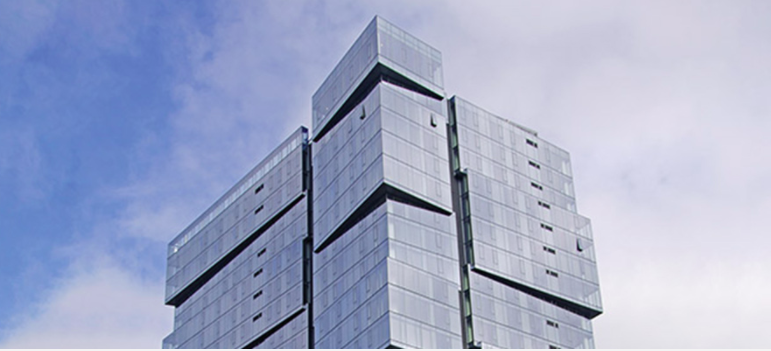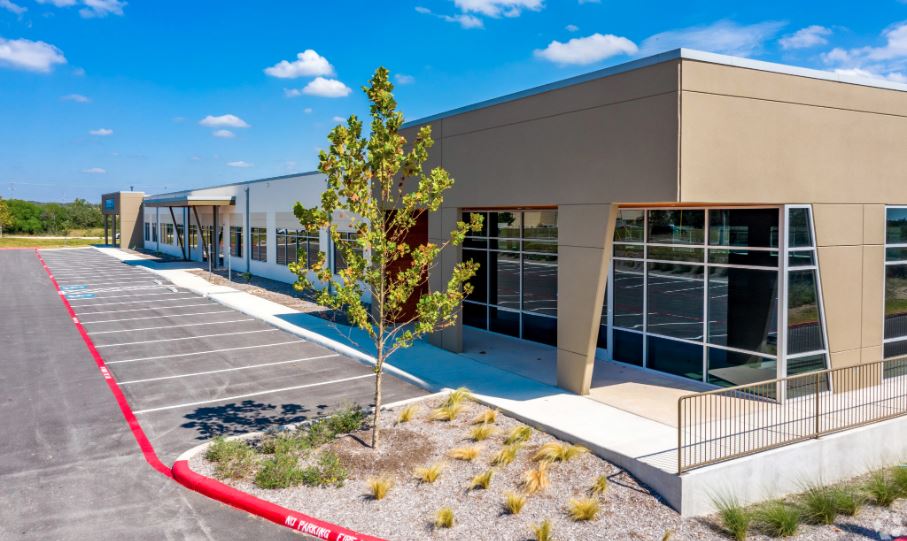By Jack Flagler | 3:00 PM Nov 25, 2020 CST | Updated 2:59 PM Nov 25, 2020 CST
Project Connect, the $7.1 billion plan to revamp public transit in Austin, was not the only transportation decision city voters made Nov. 3. More than two-thirds of voters—276,137 out of 411,794—elected to approve Proposition B, which provides $460 million in bond funding for transportation projects broken down into nine different categories. Unlike Project Connect, which takes effect immediately, Proposition B will not affect homeowners’ tax bills for 2021. Instead, it will be phased in over years until it is fully levied in 2026. Once it fully takes effect, the owner of a median-valued $361,000 home would pay an extra $72 annually in tax dollars. The largest category of funding will go toward major capital improvements, which include redesigning Congress Avenue and paying for construction of a bridge over the Longhorn Dam along Pleasant Valley Road that will connect the two sides of the Ann and Roy Butler Hike and Bike Trail. Additionally, the bond provides a combined $200 million to fund bikeways, sidewalks and urban trails. While no timelines have been established for individual projects, the goal is to finish all bond-funded projects in six years, according to the office of District 8 Council Member Paige Ellis—one of the leaders of the effort on the dais. Click to read more at www.communityimpact.com.









